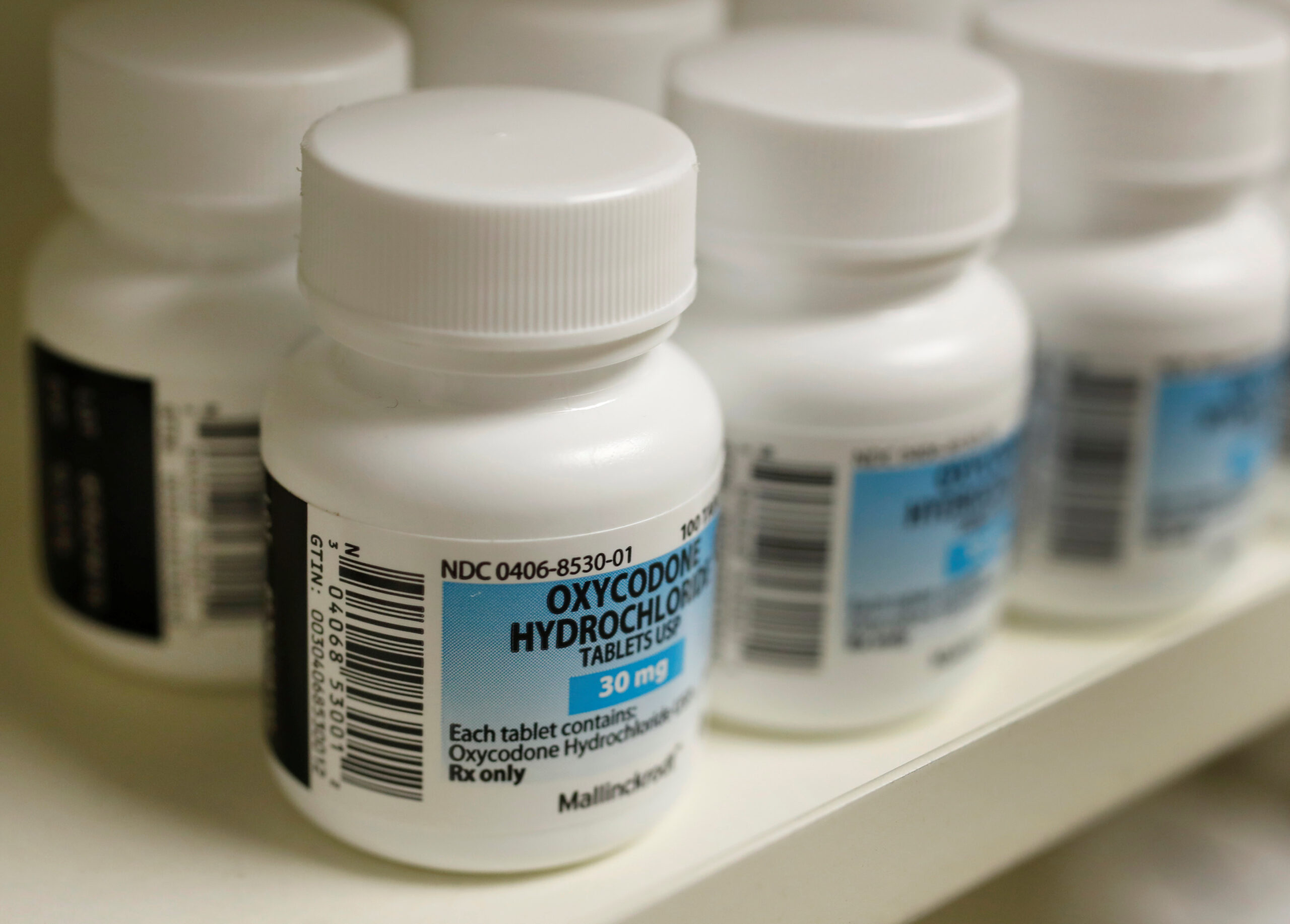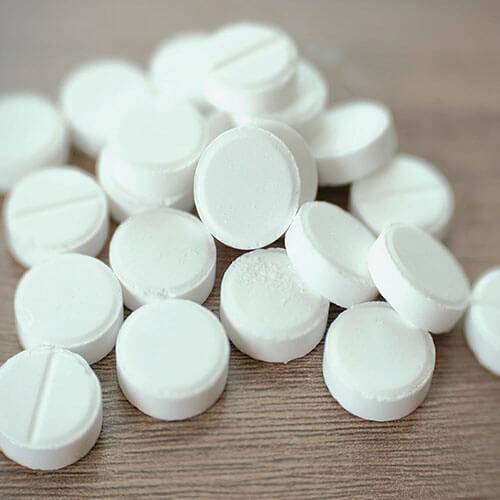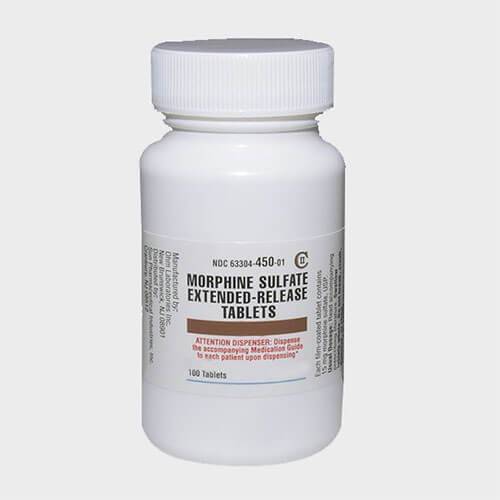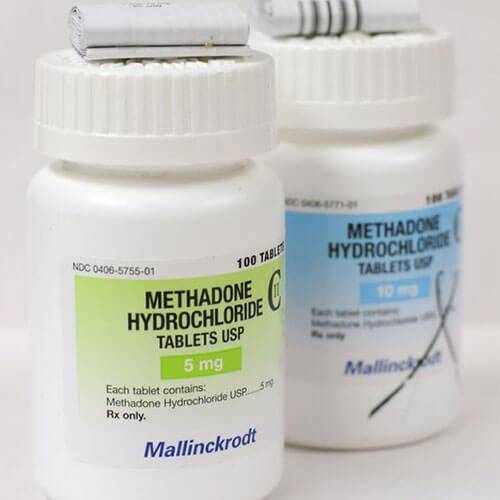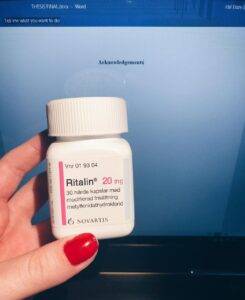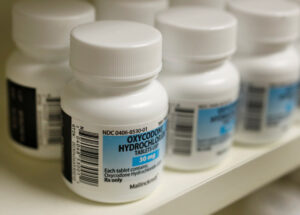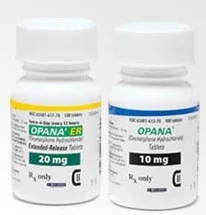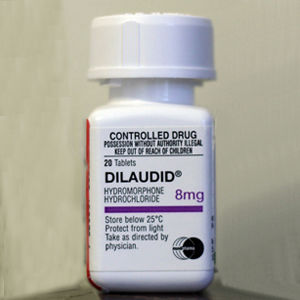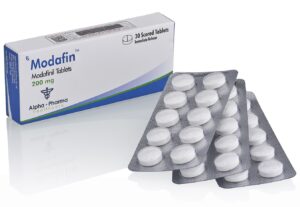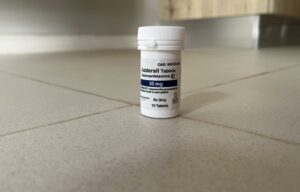
£45.00 – £185.00
Description
Buy OxycodoneOnline
Buy Oxycodone 30 mg Online Without Prescription
Oxycodone 30mg for sale is a potent opioid that can be useful when used judiciously for pain. However, it can cause physical dependence and addiction. The immediate-release formulation of oxycodone is FDA approved for the management of acute or chronic moderate to severe pain, for which the use of opioid medication is deemed appropriate and for which other pain management strategies are insufficient. The extended-release formulation is FDA approved for the management of pain severe enough to require continuous long-term opioid treatment and for which there are no alternative options to treat the pain. The oxycodone to morphine dose equivalent ratio is approximately 1 to 1.5 for immediate-release and 1 to 2 for extended-release formulations. This activity reviews the indications, side effects, and contraindications for oxycodone and highlights the role of the interprofessional team in helping patients manage their pain.
Uses
This medication is used to help relieve moderate to severe pain. Oxycodone belongs to a class of drugs known as opioid analgesics. It works in the brain to change how your body feels and responds to pain.
How to use oxycodone oral
Read the Medication Guide provided by your pharmacist before you start taking oxycodone and each time you get a refill. If you have any questions, ask your doctor or pharmacist.
Take this medication by mouth as directed by your doctor. You may take this drug with or without food. If you have nausea, it may help to take this drug with food. Ask your doctor or pharmacist about other ways to decrease nausea (such as lying down for 1 to 2 hours with as little head movement as possible).
Avoid eating grapefruit or drinking grapefruit juice while using this medication unless your doctor or pharmacist says you may do so safely. Grapefruit can increase the chance of side effects with this medicine. Ask your doctor or pharmacist for more details.
Side Effects Oxycodone 30mg for sale
See also Warning section.
Nausea, vomiting, constipation, lightheadedness, dizziness, or drowsiness may occur. Some of these side effects may decrease after you have been using this medication for a while. If any of these effects last or get worse, tell your doctor or pharmacist promptly.
To prevent constipation, eat dietary fiber, drink enough water, and exercise. You may also need to take a laxative. Ask your pharmacist which type of laxative is right for you.
To reduce the risk of dizziness and lightheadedness, get up slowly when rising from a sitting or lying position.
Warnings
Oxycodone has a risk for abuse and addiction, which can lead to overdose and death. Oxycodone may also cause severe, possibly fatal, breathing problems. To lower your risk, your doctor should have you take the smallest dose of oxycodone that works, and take it for the shortest possible time. See also How to Use section for more information about addiction.
Ask your doctor or pharmacist if you should have naloxone available to treat opioid overdose. Teach your family or household members about the signs of an opioid overdose and how to treat it.
The risk for severe breathing problems is higher when you start this medication and after a dose increase, or if you take the wrong dose/strength. Taking this medication with alcohol or other drugs that can cause drowsiness or breathing problems may cause very serious side effects, including death. Also, other medications can affect the removal of oxycodone from your body, which may affect how oxycodone works. Be sure you know how to take oxycodone and what other drugs you should avoid taking with it.
Related Products
Related products
-

Percocet 325mg 100 tablets
£1,739.00 -

Morphine 60mg 300pills
£750.00 -

METHADONE
£240.00 – £540.00 This product has multiple variants. The options may be chosen on the product page
